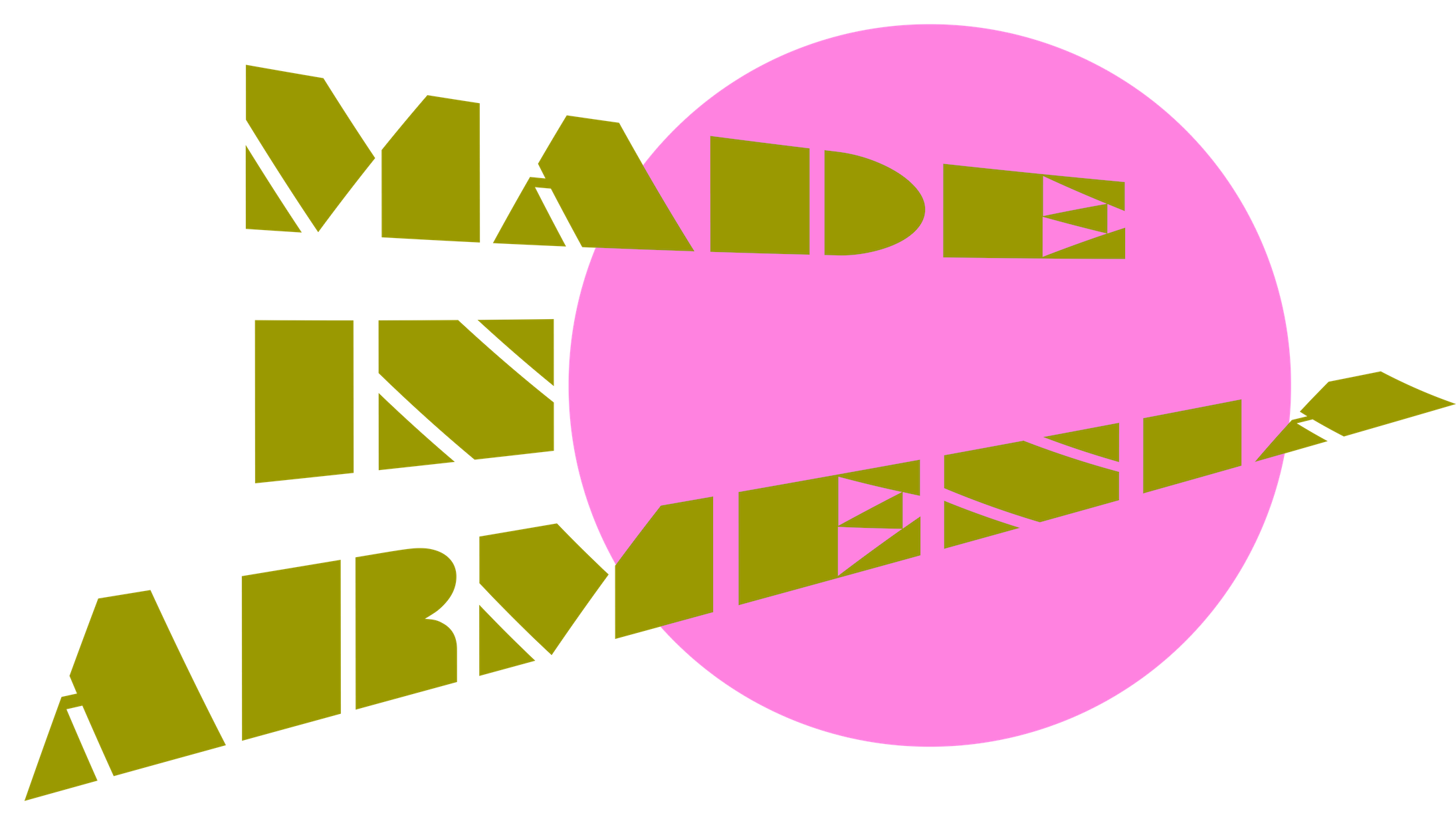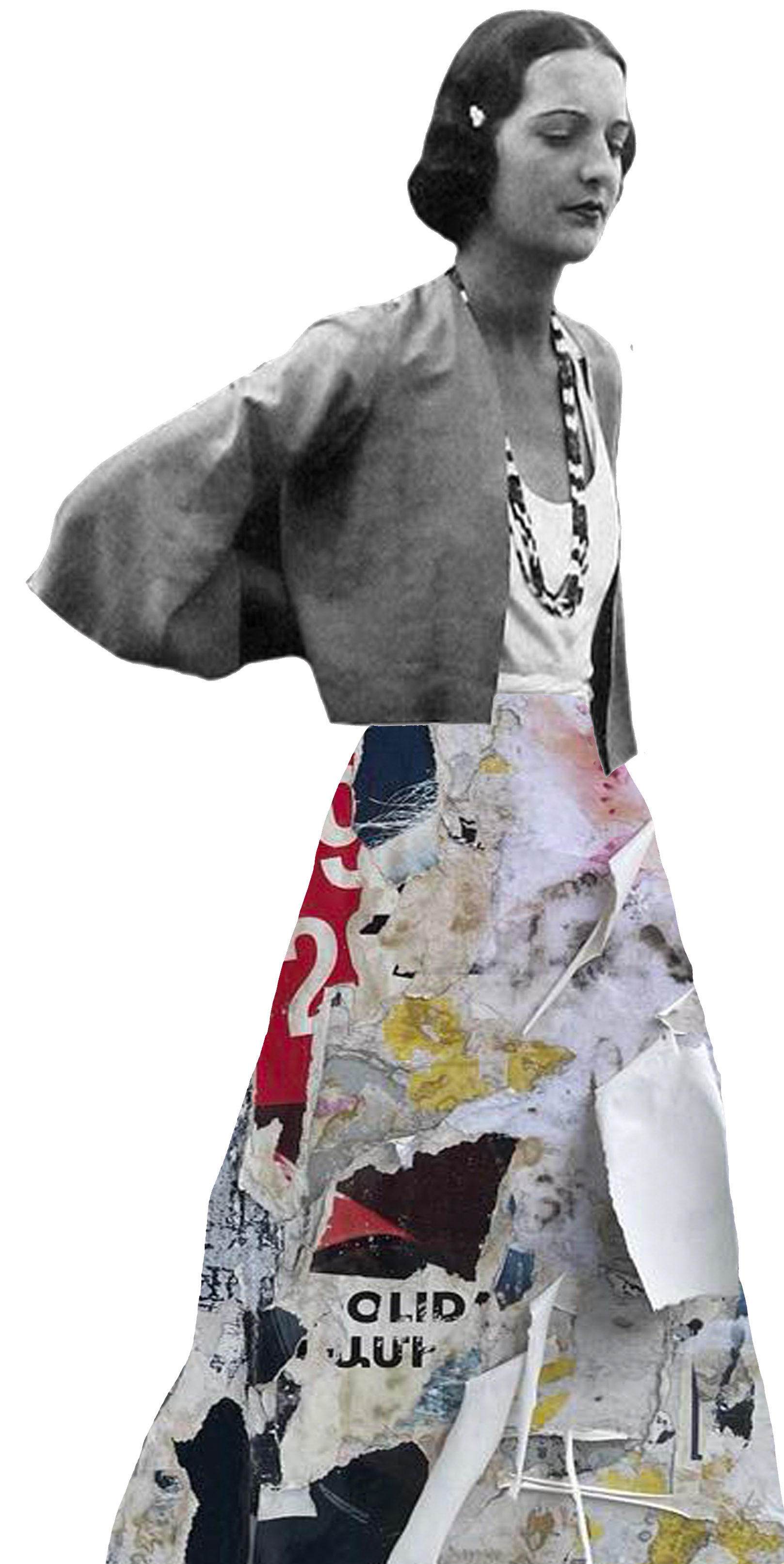
How much are you willing to pay for an everyday T-shirt? For daily work attire, most people turn to mass-market brands like Zara, Mango, or the cheaper alternatives Shein and Temu. But why support international giants when there are Armenian alternatives? Local brands like Alex, Melante, White, and others create stylish, affordable clothing tailored to the local market and preferences. Yet customers still prefer Zara. To understand why it remains a first choice, let’s examine these Armenian brands through the lens of quality, price and market appeal.
Zara, a multi-billion-dollar company with branches worldwide, epitomizes mass-market fashion. Its quality, however, has notably declined over the years. A coat from Zara six years ago for 60,000 AMD ($153) is still wearable today. In contrast, their current coats start at the same price point and can climb to absurd prices like 110,000 AMD ($280)—yet look shabby even on the store mannequins.
Why does Zara’s appeal continue to grow? The answer lies in the “dupe culture” phenomenon. Zara offers affordable versions of high-end luxury pieces––for example, a $1100 Alaïa flat shoe reimagined for just $49.90. For fashion-conscious consumers who prefer variety over investment pieces, these trendy alternatives make perfect sense.
It’s not uncommon to spot Zara basics paired with luxury accessories like Chanel or Hermès bags. Ultimately, the brand succeeds in being affordable, chic and trendy.
Armenian alternatives struggle to become the go-to choice for daily wardrobes, which raises a deeper question: Is this due to affordability, style, or status? To explore this, let’s compare outfits from Zara and Armenian brands. We’ll examine three basic pieces: a pair of jeans or trousers, a T-shirt, and a blazer.
At Zara, a simple white T-shirt starts at 3,900 AMD ($10), jeans cost around 20,000 AMD ($50), and a basic blazer starts at 33,900 AMD ($87). This brings a complete Zara look to around 60,000 AMD ($153).
Several Armenian brands produce casual and sporty clothing like T-shirts and hoodies. Among them, Shabeeg creates distinctive Parajanov and Armenian-themed T-shirts, while Azat Mard incorporates Armenian motifs into their designs. Light Affect caters to a younger demographic with bold graphics at more affordable price points. Azat Mard T-shirts start at 50,800 AMD ($130), Shabeeg’s range from 12,000 to 24,000 AMD ($31-$61), and Light Affect shirts are priced between 10,000 and 20,000AMD ($26-$51). Since these brands fall into a higher price range, let’s explore more affordable options.
Melante, known for its textile factory and specializing in cotton pajamas and casual wear, offers budget-friendly basics. Their white T-shirts cost around 2,400 AMD ($6). While they don’t produce jeans, they offer stylish viscose trousers priced for 13,900 AMD ($35). Add a neutral blazer at 16,500 AMD ($42), and the total comes to 33,400 AMD ($85)—much cheaper than a comparable Zara outfit.
While Melante’s quality is commendable, featuring high cotton content in its fabrics, its designs lean toward practicality over style, and the fits lack Zara’s fashion-forward appeal.
White Store stands out among Armenian brands with its polished website, professional photography, and trendy collections. A basic T-shirt costs around 10,000 AMD ($26), jeans range from 8,000 to 22,000 AMD ($56), and a classic blazer is priced at around 33,000 AMD ($84). A complete outfit costs between 51,000-73,000 AMD ($130 -$186).
White’s merchandise rivals Zara in appeal, offering comparable––and often more affordable––designs and price points.
Alex Textile, one of Armenia’s largest textile companies, primarily produces socks, T-shirts and outerwear. Despite its high-quality products, the brand’s marketing and online presence lag behind competitors. Customers must often resort to social media inquiries about specific items. Though Alex produces a range of clothing, it still positions itself as a factory for socks and undergarments rather than a casual wear retailer. Customers can only access their collections by visiting their stores on Mashtots Street, Megamall, or Dalma, or at City supermarkets.
A T-shirt from Alex Textile costs 13,000 AMD ($33), while trousers and sweatpants are 13,900 AMD ($35). Blazers—when in stock—would likely exceed Zara’s price range. Despite the quality, the higher prices and lack of accessibility make it less attractive for consumers.

Another Armenian brand that serves as a compelling alternative to Zara is Prime. Prime’s selection includes hoodies currently priced at around 4,000 AMD ($10) and jeans marked down to 6,450 AMD ($16) from 12,900 AMD ($33).
Both pieces are stylish, affordable, and well-made. The website is user-friendly, with items elegantly displayed in a lookbook format that enhances the shopping experience.
Zara’s leverages its global supply chain to experiment with diverse fabrics and designs, creating polished yet affordable products. Armenian brands like Melante, White, or Alex offer smaller collections from small, local factories resulting in higher quality individual pieces. However, they struggle with scalability and maintaining consistent production.
Zara’s strategy balances affordability for middle class shoppers while remaining aspirational for higher-income customers. Armenian brands, though competitively priced, face local misconceptions about their affordability. They have yet to effectively communicate their value proposition to domestic consumers.
In fashion, brand appeal derives from trendiness, versatility, and aspirational value. Zara’s fast-fashion model succeeds by delivering new, desirable pieces weekly. Armenian brands like White aim to achieve a similar aesthetic through well-curated collections and modern marketing. It’s inspiring to witness the emergence of these brands. Among those reviewed, White shows the most promise in adapting international trends for Armenia’s local customers.
Armenian brands have shown commendable growth in recent years. Melante, White, and Alex Textile showcase how local fashion can deliver both quality and affordability. Yet these brands must still evolve to compete with global retailers like Zara in the local market.
By emphasizing strong design, strategic marketing, and business scalability, Armenian brands can carve out their unique position in Armenia’s fashion market. Supporting these local brands not only encourages creativity but also strengthens Armenia’s economic growth. It’s time to give these brands a chance to shine.


Great article, but aside from some website links, it would have been helpful to compile a list of physical stores in Armenia where each of these are available. I plan to visit in mid-March and would love to know where I can quickly go and buy some (instead of linking to each site, etc., etc.). Also, aren’t there a few jeans manufacturers like Zakaryan and others? Also you didn’t add the shoe manufacturers. Also, why not add the more high end designers too – it doesn’t have to be cheap like Zara? Think of all the visitors coming to Armenia that might want to buy some of the better quality products… it’d be helpful to make it easy for them (as well as for the local folks). Anyway, great start and you can do a follow-up article in the future 🙂